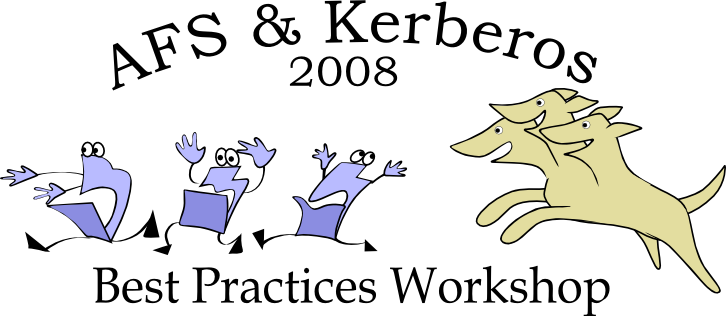Thursday 22 May 2:00pm
Location: Second Floor of Campus Center at NJIT
 |
 |
 |
Location: Second Floor of Campus Center at NJIT
Speaker: Hartmut Reuter
Title: AFS and Object Storage
Abstract:
Starting with a common R&D project of CERN, CASPUR, ENEA, and RZG an
extension to OpenAFS has been developed in the last 3 years. This OpenAFS+OSD (OSD=Object
Storage Devices) allows to store files outside the vicep-partition where the
volume lives. The OSDS presently used are called "rxosd". They are based on
mature AFS technologies (rx and namei) and are managed by a new database server
"osdserver". The client learns from the fileserver where the files are (to be)
stored and access directly the rxosds. The fileserver works as a metadata server
(in terms of object storage systems such as Lustre).
There are two major scenarios where AFS+OSD gives great advantages:
1) It can be used with disk-only OSDs to get better load balancing and higher
throughput. Files may be striped over multiple OSDs and also may have RW-copies
on multiple OSDs.
2) It allows for HSM within AFS similar to old MR-AFS. This was the main reason
for RZG to join the development and to deploy it as 1st site. You may have
archival OSDs: rxosd running on a partition controlled by an underlying HSM
system such as TSM-HSM or others. Then other OSDs may be declared "wipeable":
objects here may be wiped away when a copy exists elsewhere. You can set a "high
water mark" in the osdserver database for an OSD and a special "archiver" and
"wiper" automatically do the space control on the wipeable OSDs.
Wiped files remain visible in the AFS-tree and come back from tape when
accessed.
AFS+OSD runs in production at RZG. presently 45 of our 210 TB have been migrated
from MR-AFS to AFS+OSD.
Slides: PDF